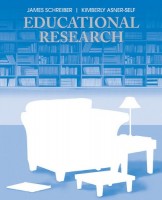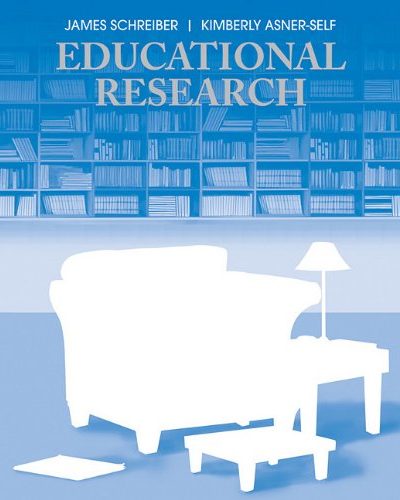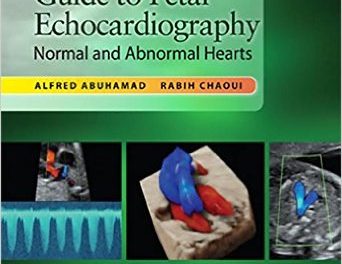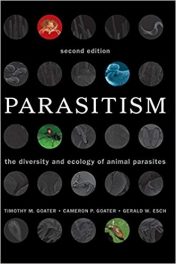 Authors: James B. Schreiber and Kimberley Asner-Self
Authors: James B. Schreiber and Kimberley Asner-Self
Publisher: Wiley – Higher Education – 374 pages
Book Review by: Paiso Jamakar
The authors state at the outset of the book that “The Research Question” should be the primary focus of any research endeavor. They write that you the researcher must identify what question has not been answered in the past, that needs to be answered now, and that you want answered. And the answer must be found by analyzing the responses of those who answered the central question and associated questions in your research study.
They point out that the research question must take center stage in any study, and that the other four elements of the study – the research design, the sample (people who will be the subjects or respondents in the study), the data collection process, and the analysis and interpretation of the data collected – must revolve and evolve around it.
As you read this book, you will find a diagram on page xxii in the Preface that illustrates this point. In an oval, you see ‘Research Questions’ in the center, and the elements around it: ‘Design’ in a box on the right as the first element, followed by these three elements in boxes: ‘Sample’ at the bottom, ‘Data Collection’ on the left, and ‘Description, Analysis, Interpretation’ at the top. In between each of these parts of a research project is ‘Literature Review’ emphasizing its importance
They assert that literature review must be done in between each of the elements, and not just after formulating your research question.
From personal experience, I can tell you that review of literature is critical to a successful outcome in research. Locating and reading past studies similar to the one you’re looking to undertake, helps you save valuable effort, time and money. And knowledge of the type and scope of past studies helps modify your design, limit, expand, or change the nature of your respondents, improve data collection and tabulation, and refine your analysis, so the public benefits more from a quality study.
Also, as Schreiber and Asner-Self indicate, the research question is closely connected with the other elements, as are the elements interconnected with one another. A change in the composition of your sample can affect for example, how you gather your data and interpret it, as well as what conclusions you arrive at after you study the responses to your questions.
If you are intending to look for a question you want answered through a research study, planning to conduct it, need to know how to design it, choose your respondents, collect and analyze data to get your question answered, this book is tailor-made for you.
Here’s a brief overview of what’s contained in this book, with chapter numbers and titles:
- Introduction to Research Design
- Scholar Before Researcher
- Problem Areas and Research Questions
- Participant Sampling and Selection
- Believability in Observation and Measurement
- Instruments and Collection
- Experimental and Nonexperimental Research Design
- Qualitative Design
- Analysis Techniques: Descriptive and Inferential Statistics
- Data Analysis: Non-Numeric Data
- Program Evaluation
- Writing the Proposal and Final Report
This text on educational research methods is very useful in one obvious way: the neat, efficient organization of its contents. After taking a quick glance at a one-page ‘brief contents’ there’s a detailed 11-page table of contents with topics and subtopics contained in its 12 chapters, so you can study closer the topic that is most interesting or important to you.
Each chapter beginning with the second one provides you a helpful case study and an ‘armchair event’ at the end. You will also find a list of Key Words and References and Further Reading to learn more on a given subject.
It is best to read the book to learn exactly what a ‘case study’ is. The next best way is to use the authors’ own description:
In a case study, “a researcher will be used to highlight information and will be followed throughout the text. This researcher is a composite of all the people with whom we have worked. This narrative will be used to highlight common issues in research design and display unique challenges we have observed. Read the case study below and think about the research methods and design.” Then the case study is presented.
The other unique feature this book contains at the end of all chapters except the first one is the ‘armchair moment’ in which the authors give you the benefit of their experiences conducting research and helping their students with their projects.
They elaborate on what an ‘armchair event’ is: “We discuss specific topics that need a different frame to view them, or we tell a story to highlight some component that sometimes gets lost in the linearity of a textbook.”
James B. Schreiber works at the Center for Advancing the Study of Teaching and Learning at Duquesne University.
Kimberly Asner-Self works in the Department of Educational Psychology and Special Education at Southern Illinois University.
This book has numerous excellent features. What sets it far apart from other books on educational research methods is its valid and common-sense thesis that a central question should be the focus of a research study, whose main purpose should be to answer that question and validated it by the data gathered.







